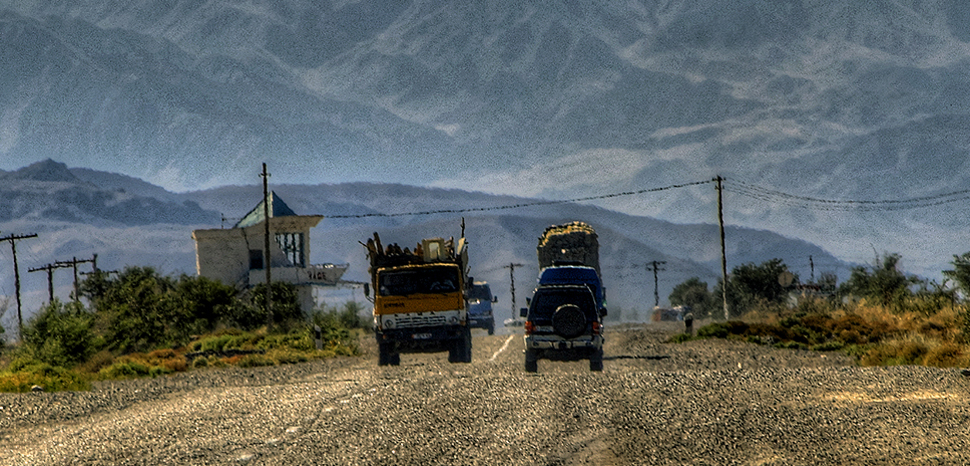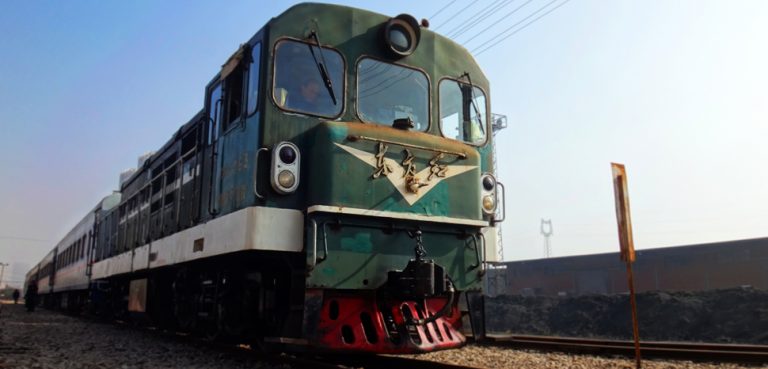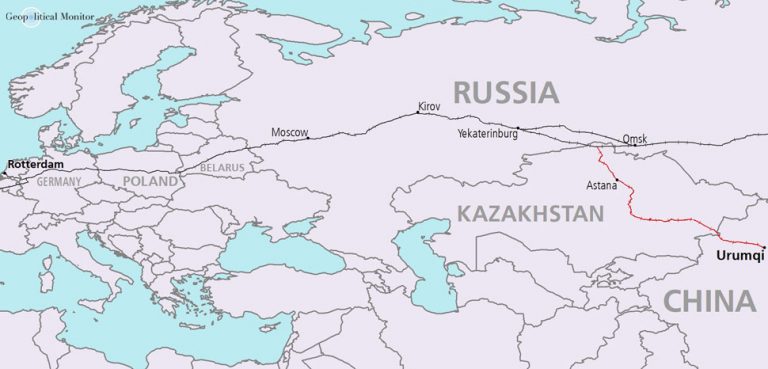The China-Central Asia-Western Asia Corridor is one of the six major corridors envisioned by China’s One Belt One Road Initiative. The project aims to streamline cross-border trade and facilitate the construction of numerous transport and energy infrastructure projects linking China’s restive western region with Istanbul via the Central Asia states of Kyrgyzstan, Turkmenistan, Tajikistan, Uzbekistan, and Kazakhstan, and the Middle East states of Iran and Saudi Arabia. It’s one of two One Belt One Road overland corridors linking China with Europe; the other is the New Eurasia Land Bridge, which branches north from Astana, Kazakhstan, to join with Russia’s domestic rail network.
Overview
Treading lightly in Russia’s backyard. To understand the economic prospects of this OBOR corridor, one must first consider its operating environment which is, without a doubt, among the most diverse and challenging that the landmark Chinese initiative delves into. Central Asia is a collection of weak and mostly authoritarian post-Soviet states, many of which preside over investment-starved, resource-dependent economies. Economically, China has been on the ascent in the region, providing much-needed finance for key infrastructure projects long before One Belt One Road was even announced, and in some cases even supplanting Russia as top bilateral trading partner. Russia maintains deep social and political roots in the region however, and its enduring influence is reflected in its own initiatives, including the CSTO collective security agreement (of which Kyrgyzstan, Kazakhstan, and Tajikistan are members), and the Eurasian Economic Union (EEU), a customs union modeled after the EU that currently includes Kazakhstan and Kyrgyzstan.




